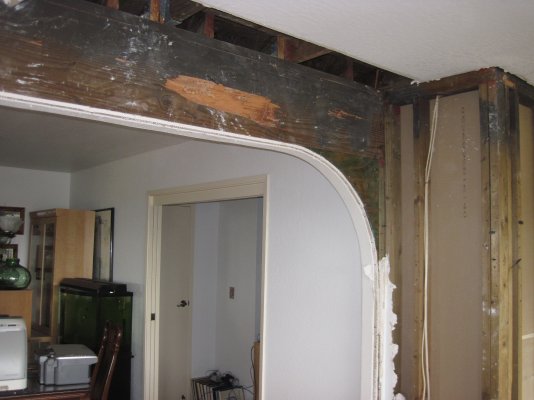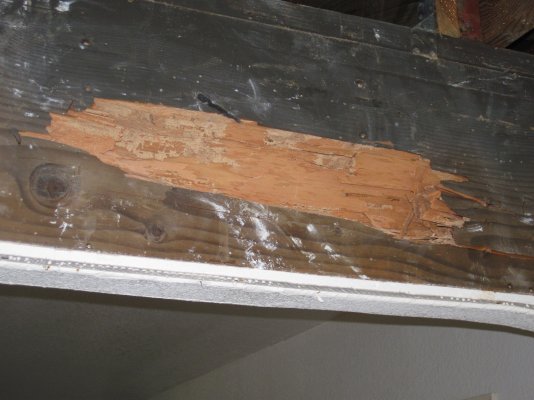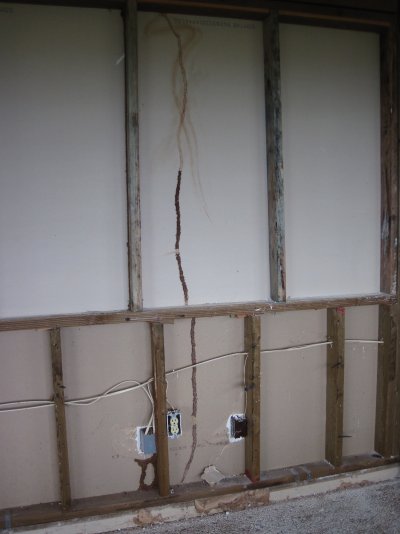Pretty much. Unless you have their Sentricon baits and a contract for weekly monitoring visits.
The funny thing is that when our storage shed was being eaten alive by termites (a $900 repair), our neighbor was using the Terminix service. We went over to tell her about our termite problem and noticed a tunnel on a potted plant (wooden pot) on her back lanai. None of their Sentricon baits had any termites. Her house was surrounded by baits that were monitored weekly and none of them found any of the critters. But I bet the Terminix franchise owner has a really nice boat.
You could try the traditional route of calling three or four exterminators for a quote. Drill into the sidewalks & ground around the foundation, squirt in Termidor only, maybe spray the plants in the yard around the house with more Termidor. No bait traps, no monitoring, no house tenting, no armed guards or flamethrowers. Hawaii is generally considered an expensive state for labor-- we paid $325 in 2001 and $285 in 2008.
We haven't noticed any tunnels since 2008; I check the house's perimeter quarterly. We're about to [-]rip into[/-] renovate the familyroom addition that spawned the 2001 infestation, and it'll be interesting to see how extensive the damage was. While we're in there we're going to properly repair the joint between the main house foundation and the familyroom concrete pour.
Our 1978-built rental home has never had a termite problem (I check its foundation quarterly too). The land used to be sugarcane & pineapple (heavily sprayed with pesticides in the 1950s on) and when the neighborhood was built the entire tract was treated with Chlordane (dioxin). I doubt we'll ever have a termite problem there.
I used to think Chlordane was pretty nasty stuff until I learned that most of the Manoa homes built in the 1930s-1950s had their lots treated with DDT & motor oil.
Based on what you said earlier, why does not seeing tunnels give you confidence that you have no termites? How do you know they aren't coming in thru cracks or whatever? That was my problem with your earlier post. If I have no visible damage and no tunnels but still cant have confidence that I'm not in trouble then when can I ever be confident?
If I could spend $300 and be reasonably confident that I'm in good shape I would do it tomorrow. But right now I have nothing visible and if I don't see any more tunnels coming up, then it wont make a difference if a guy comes out digs holes and sprays water into them. If I cant have confidence when I see nothing now, how do I have confidence because I had a guy spray and see nothing then?




